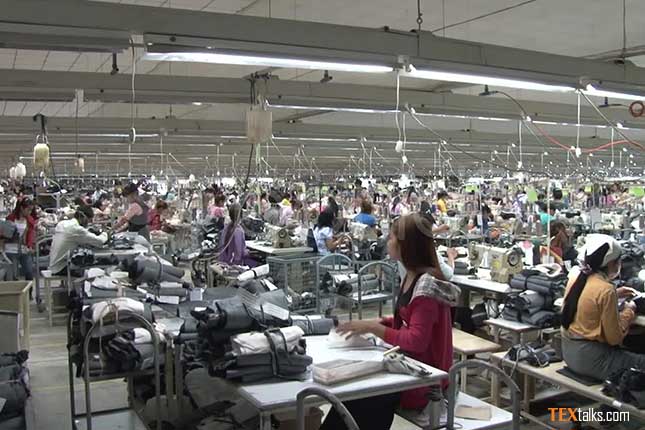The Indian textile industry has finally come to terms with the fact that change is unavoidable and moving in a new direction. The sector enjoys a clear-cut credible distinction of playing a considerable role in building India’s economy and cultural identity.
Entrepreneurs are already turning away from traditional textiles and considering investing in technical textiles, which are the future textiles. Even though India is the world’s second-largest textile economy behind China, its contribution to the rapidly expanding technical textile market is insignificant.
The penetration of India’s roots into technical textile areas like pack tech, clothtech, and hometech is another sobering reality about the Indian specialized textile market. Even though these categories produce highly technical textile items with significant growth, the final products’ monetary value is relatively modest.
Given the enormous expansion in the automobile industry, the vast potential of the Mobitech sector is clear to the layperson when it comes to demand-supply analysis. While 36 lakh automobiles were created in India in 2016, approximately 7.2 crore cars were made worldwide
Since cars are considered a status symbol in India, there is an ever-increasing demand for them. Recently, this demand has intensified due to the introduction of rental car services, as more people have access to them.
In addition to the enormous demand for automotive necessities like seat covers, car flooring, seat belts, etc. The need for airbags has recently increased along with people’s awareness of their safety. Today, people place a high priority on security.
In India, the government recently mandated that all cars have airbags and three other safety features starting in October 2017 to protect the occupants from accidents. Due to the lack of airbags in most of today’s cheap cars, like the Alto, Aeon, Santro, Nano, and the Datsun GO, this need will drastically boost the demand for airbags. A minimum requirement of 2 airbags per automobile in vehicles with the highest market dominance in India may ultimately result in a sizable market for airbag manufacturers.
All is not hunky dory here in India’s textile space, once upon a time the sector which was construed to be a global leader is losing its sheen owing to ever-increasing competition and lack of innovations.
PLI Scheme for textiles is designed to fuel & spur the sector’s growth prospects augmenting India’s Textile Sector producing capabilities and harnessing exports’ heft with an allocated capital outlay of Rs 10,683 crore through the next five-year period. It has been the game changer in some of the sectors where PLI schemes have been introduced.
India’s textile industries are set to experience a significant upturn with the implementation of the Production Linked Incentive (PLI) Scheme. One of the key benefits of the scheme is the generation of over 7.5 lakh jobs directly, with the potential to create several lakhs more employment opportunities in supporting activities. Notably, the scheme is designed to encourage the active participation of women, paving the way for their increased involvement in the industry.
The PLI Scheme incentives will act as a catalyst for fresh investments, projected to exceed Rs. 19,000 crores. Moreover, the scheme is expected to drive an additional production turnover of over Rs. 3 lakh crore in the span of five years, further boosting the textile sector’s economic growth.
Through leveraging economies of scale and providing a supportive ecosystem, the PLI Scheme sets the stage for a thriving textile sector in India. With increased investments, job creation, and enhanced turnover, India is poised to regain its position as a global leader in the textile trade, benefiting both the industry and the economy as a whole.
Suggestions to further boost textile include providing tax compliance relaxation for small-scale segments and implementing comprehensive financial relief packages tailored to the export- and labor-intensive nature of the industry.
Can India pull it off as the ‘China Plus One Global Strategy’ is putting India on an Upward Growth trajectory provided all hands are on deck? With increasing demand from sectors such as healthcare, automotive, and construction, the industry is projected to generate exports worth $40 billion by 2025.



